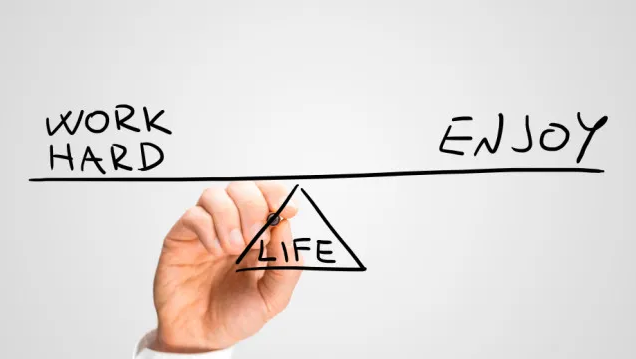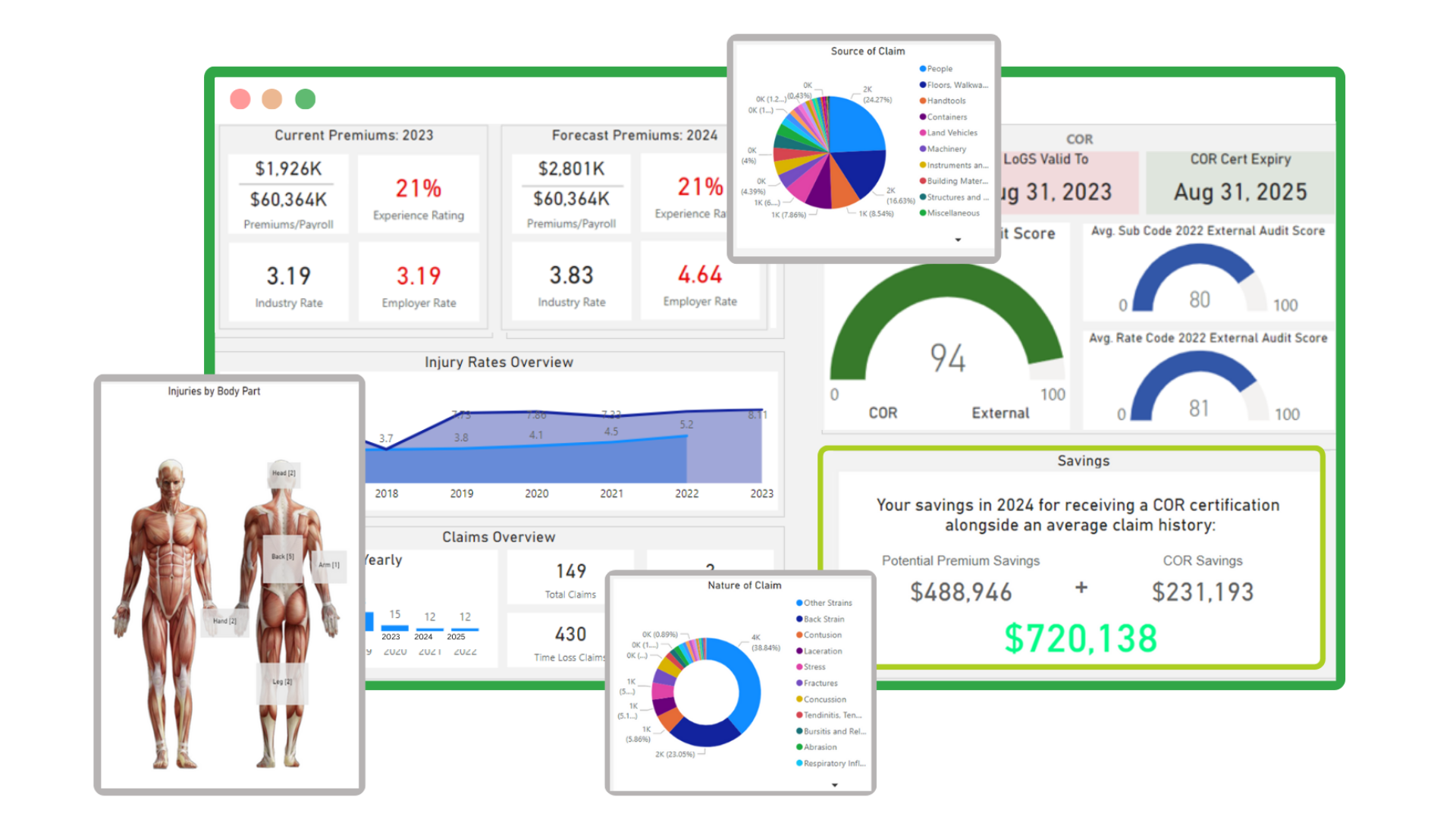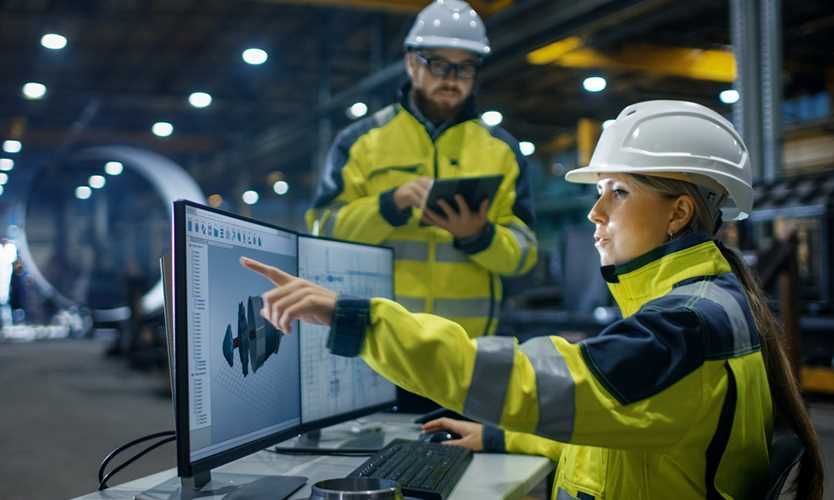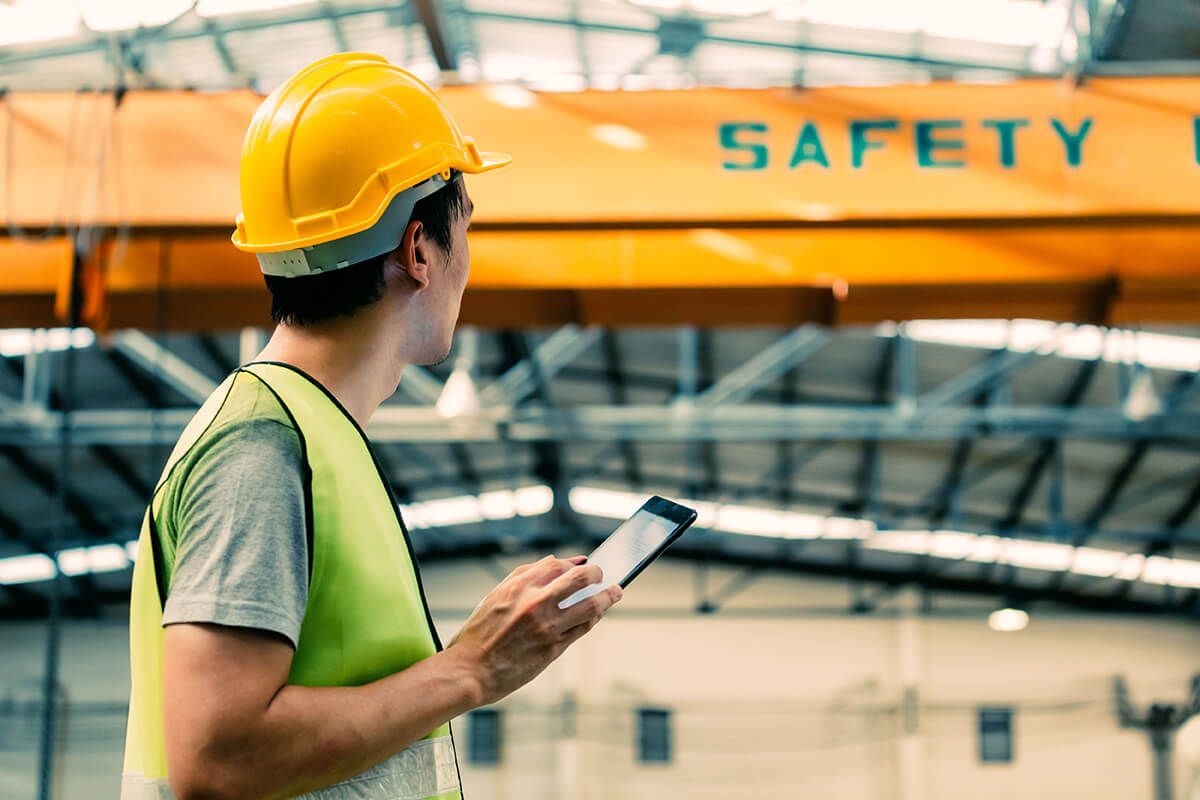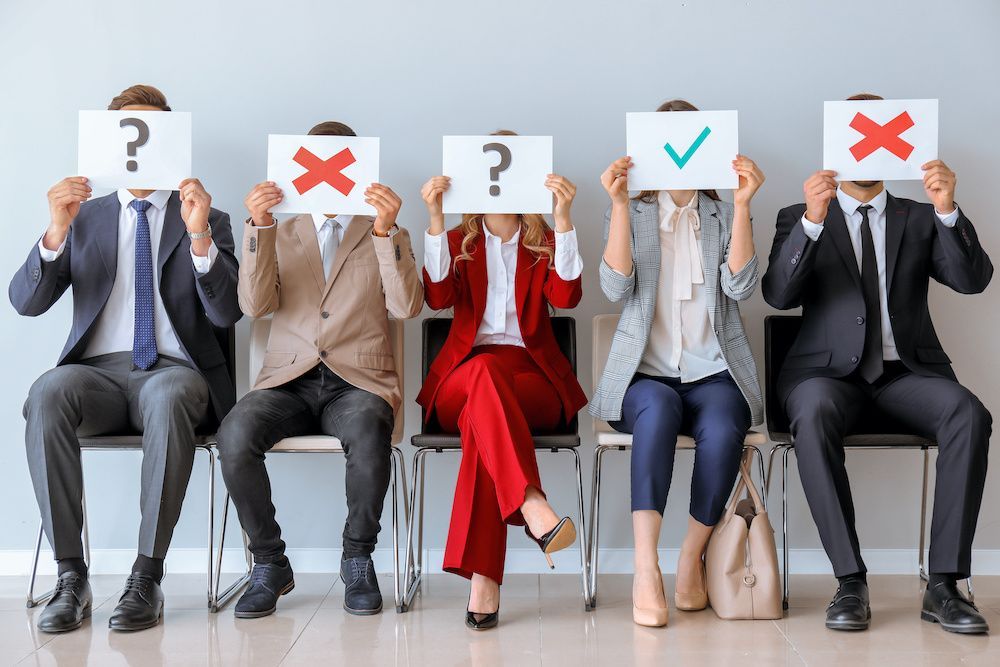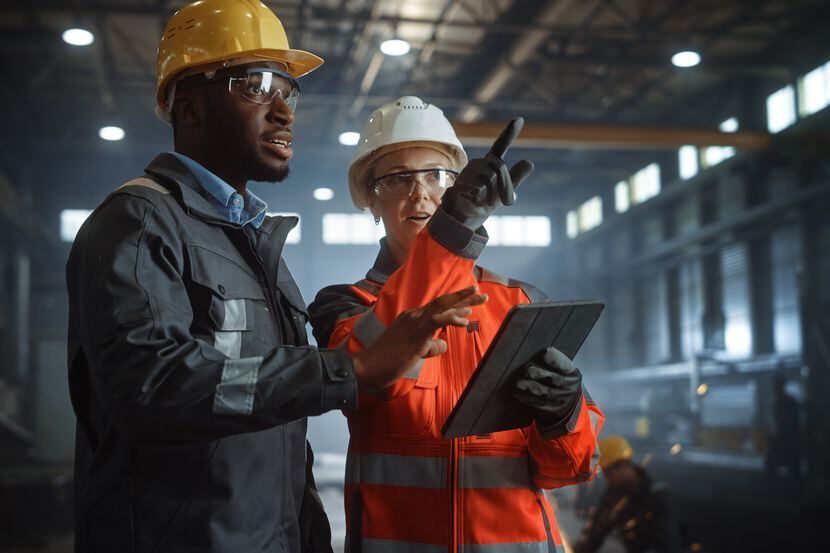Vision Training for Crane Operators
Author: Sensori Safety Published: 11/03/2021 Time: 3 Minutes
According to U.S. Department of Labor, 249 industrial overhead crane incidents occurred over a 10-year period. Of those 249 incidents that occurred, 838 OSHA violations were committed, and those 249 incidents resulted in 133 injuries and 133 fatalities.
The incidents revealed that the top causes and results of the incidents were:
- 37% - Crushed by the Load (load swing, load drop, or by an unstable load being placed and immediately falling over). Crushed by the Load resulted in 33.8% of all fatalities and 36.8% of all injuries.
- 27% - Load Dropped (most common root cause of load drops is poor rigging practices)
- 12% - Caused by a Fall (from heights of 8 ft. to 100+ ft.)
- 11% - Injured Person Crushed / Run Over by an Overhead or Gantry Crane. 93% of these incidents resulted in a fatality.
- 6% Improper / Absent Lock Out Tag – Out (LOTO)
- 7% - Other
These violations led to $2.3 million dollars in OSHA fines.
The average major injury has a cost of over $200,000; while the average fatality has a cost of over $4 million.
When you think about the causes of these incidents, many would probably consider the lack of training or failed inspections as contributing factors, and they may be correct. However, it is shocking that the operator’s vision is not considered when training or incident investigations are conducted. Think about it.
How many departments in your organization have requirements for visual inspections? How many of the codes, regulations, and legislative mandates demand that visual inspections be performed on a regular basis? Think of the requirements for slings and wire ropes, crane parts, manufacturer labels regarding lifting instructions. Yet, how many of those same codes require the inspectors (your employees) to be able to see and to see correctly? Does your company have vision requirements for crane operators? If so, how does your company measure the operators' speed, coordination, peripheral awareness and accuracy? How does your company ensure that lack of depth perception is not contributing to your incidents?
Employees hired to drive or operate machinery will not have the same visual abilities 20 to 25 years from now. Common life processes will diminish some acuity, while diseases such as cataracts, diabetic retinopathy, macular degeneration, stroke, and trauma can and do alter the visual abilities of employees.
Slowly, American industries adopted procedures that administer quick drug and alcohol testing of employees involved in industrial mishaps or collisions, yet few if any employers test the vision of employees after a mishap. Oftentimes, the amount of damage done by a crane or forklift operator is written off as “operator error” when the root cause is visual.
Ask yourself some questions:
- What are the vision requirements to receive a driver’s license in your state?
- If you do not know the vision requirements of your state, why do you rely upon them to be your company’s standard? And if you do know what they are, are they adequate for the work your employees are required to perform?
- Does your state have a field of view requirement? Does it allow binocular attachments to reach the required visual acuity?
- How do you know if your employees need corrective lenses to operate company equipment?
- How many drug or alcohol tests have you administered after incidents in the past five years? How many of those incidents might have been a result of a visual error?
- How do you know if your employees can see the things they are supposed to be inspecting?
- In your most critical and/or dangerous jobs, what is the useful field of view that your employees must be able to see horizontally or vertically?
- Have you experienced incidents involving property damage caused by employees driving a machine, either on or off company property? In how many of those incidents did you question the visual abilities of the employee operating the machine?
If you enjoyed this reading please feel free to join our online community. Comment, share, and contact us today if you are interested in learning more about our services.
#SensoriSafety #VisionTraining #VisionTesting #ForkliftOperator #CraneOperator
